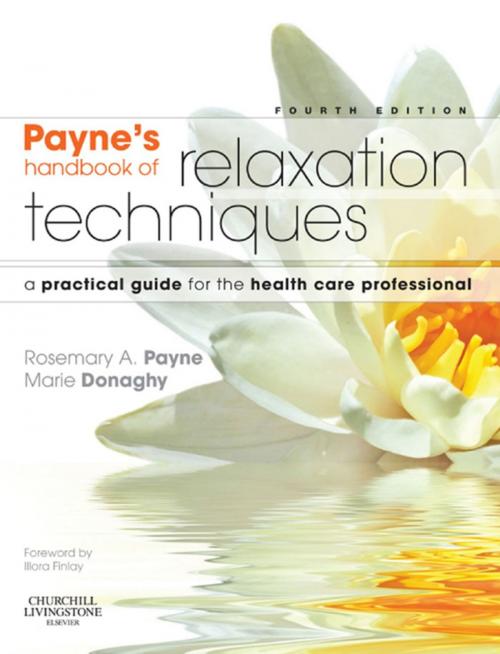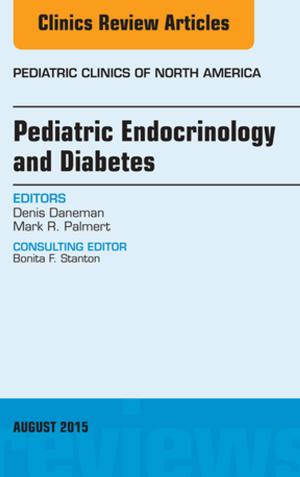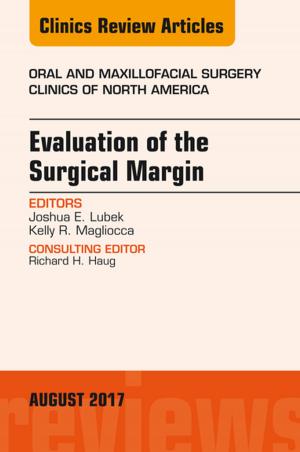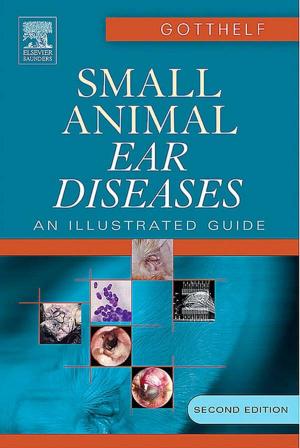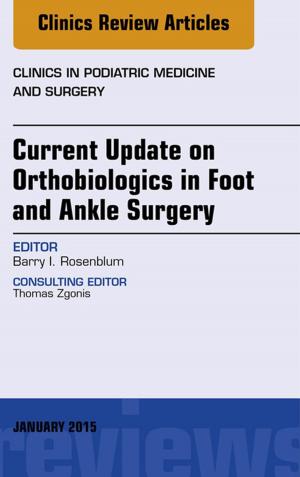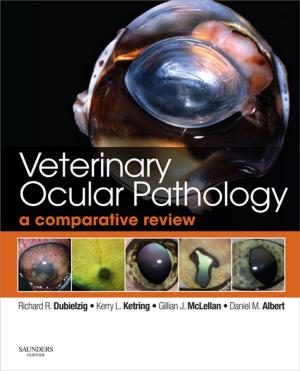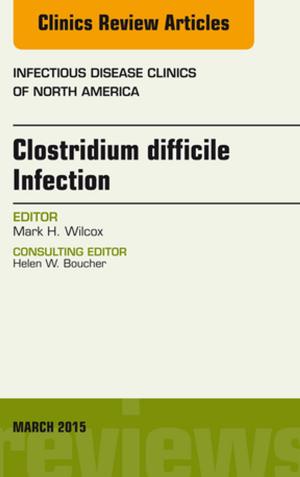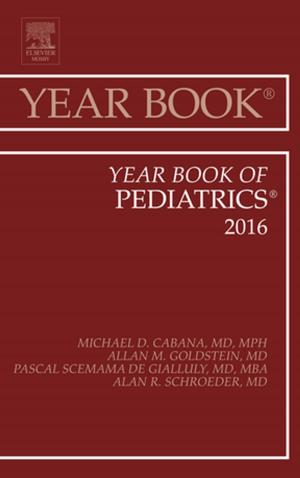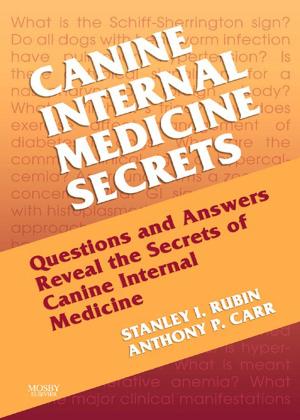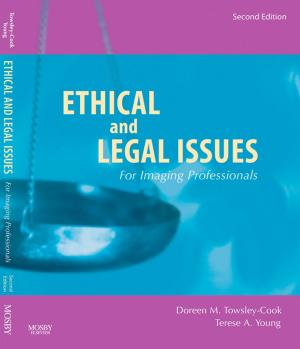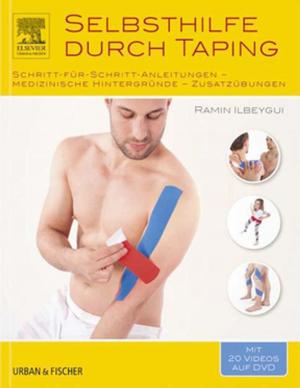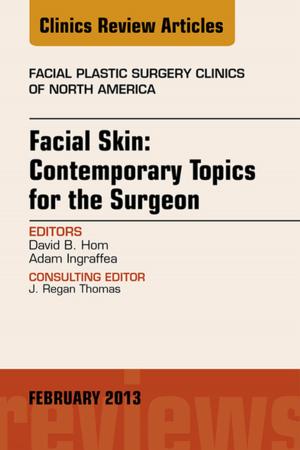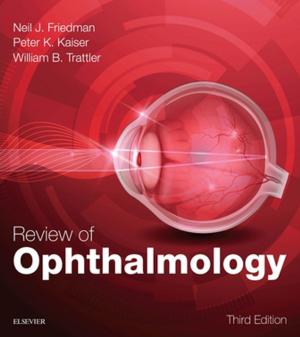Relaxation Techniques E-Book
A Practical Handbook for the Health Care Professional
Nonfiction, Health & Well Being, Medical, Alternative & Holistic Medicine, Alternative Medicine| Author: | Rosemary A. Payne, BSc(Hons)Psychology, MCSP, Marie Donaghy, PhD, BA(Hons), FCSP, FHEA | ISBN: | 9780702050008 |
| Publisher: | Elsevier Health Sciences | Publication: | January 26, 2010 |
| Imprint: | Churchill Livingstone | Language: | English |
| Author: | Rosemary A. Payne, BSc(Hons)Psychology, MCSP, Marie Donaghy, PhD, BA(Hons), FCSP, FHEA |
| ISBN: | 9780702050008 |
| Publisher: | Elsevier Health Sciences |
| Publication: | January 26, 2010 |
| Imprint: | Churchill Livingstone |
| Language: | English |
Payne’s Handbook of Relaxation Techniques provides the health care professional with a practical introduction to a variety of approaches to relaxation, both somatic and cognitive, that may usefully contribute to patient care.
Rosemary Payne is an experienced clinical therapist with a deep understanding of the problems facing the busy practitioner. In the 4th edition she combines her experience with that of Marie Donaghy, author, professor of Physiotherapy and member of the British Psychological Society. They aim to provide a quick and informative guide to selecting the most appropriate relaxation technique for each client. Payne’s handbook of Relaxation Techniques has with the past 3 editions established itself as a unique source book for all those health professionals involved in teaching relaxation.
-
Each technique is easy to teach and use.
-
Helping the clinician to select the appropriate technique.
-
All the methods are suitable for use with both small groups and individuals.
-
Focuses on the practical aspects of relaxation techniques in relation to patient care.
-
Includes cognitive approaches (e.g., self-awareness, imagery, autogenics, meditation, and positive self-talk).
-
Also includes somatic approaches (e.g., progressive relaxation, stretching and the Mitchell method).
-
Provides ready-to-use schedules and scripts for working with clients.
-
Discusses the pitfalls as well as the benefits of each method.
-
Fully illustrated with both line drawings and photographs.
-
Evidence-based text is supported by up-to-date references.
-
Aimed at all Health Professions practitioners: Manual Therapists, Chiropractors, Physical Therapists, Complementary Therapists, Clinical Psychologists, Occupational Therapists, Osteopaths, Naturopaths.
-
Completely reorganized
-
New author
-
Updated throughout; references and latest evidence in practice
-
New chapter on Mindfulness
-
New photographs
Payne’s Handbook of Relaxation Techniques provides the health care professional with a practical introduction to a variety of approaches to relaxation, both somatic and cognitive, that may usefully contribute to patient care.
Rosemary Payne is an experienced clinical therapist with a deep understanding of the problems facing the busy practitioner. In the 4th edition she combines her experience with that of Marie Donaghy, author, professor of Physiotherapy and member of the British Psychological Society. They aim to provide a quick and informative guide to selecting the most appropriate relaxation technique for each client. Payne’s handbook of Relaxation Techniques has with the past 3 editions established itself as a unique source book for all those health professionals involved in teaching relaxation.
-
Each technique is easy to teach and use.
-
Helping the clinician to select the appropriate technique.
-
All the methods are suitable for use with both small groups and individuals.
-
Focuses on the practical aspects of relaxation techniques in relation to patient care.
-
Includes cognitive approaches (e.g., self-awareness, imagery, autogenics, meditation, and positive self-talk).
-
Also includes somatic approaches (e.g., progressive relaxation, stretching and the Mitchell method).
-
Provides ready-to-use schedules and scripts for working with clients.
-
Discusses the pitfalls as well as the benefits of each method.
-
Fully illustrated with both line drawings and photographs.
-
Evidence-based text is supported by up-to-date references.
-
Aimed at all Health Professions practitioners: Manual Therapists, Chiropractors, Physical Therapists, Complementary Therapists, Clinical Psychologists, Occupational Therapists, Osteopaths, Naturopaths.
-
Completely reorganized
-
New author
-
Updated throughout; references and latest evidence in practice
-
New chapter on Mindfulness
-
New photographs
